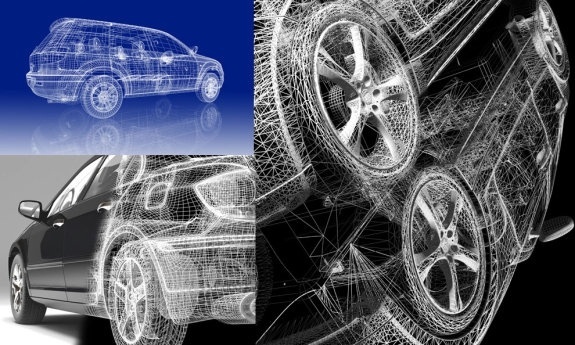How to spot a good car lease

industry’s hottest vehicles and trends. The jury, however, is still out
on leasing: with the industry long on hype and short on detail, it is
difficult to distinguish between a genuinely good deal and a downright
up-selling exercise.
So how do you spot a good deal?
First, you need to find out if there are any down payments on the lease. A
down payment refers to the lump sum amount that you pay upfront, either in
cash, non-cash credit or trading allowance, to reduce your monthly payment.
You should think twice before putting money down on a lease: not only are
you getting a rough deal, as you’re essentially forfeiting the general rule
of leasing: not putting any cash upfront, but the money is not recoupable
at the end of your lease. There is another big disadvantage: in the event
of your car getting damaged or stolen, you insurance and the gap cost will
not cover the loss.
Mileage Limit
Most leasing companies allow you a limit of 45,000 free miles over the
length of a 3-year lease. This may seem like a good deal at first sight,
but when you consider it only comes to 15,000 miles over a 12 month period
it’s not difficult to foresee why it might be difficult to stay within this
limit. Even people working from home have little trouble putting 15,000
miles on their cars.
If you exceed the mileage limit, the penalty for each excess mile can be as
high as 20 cents. This can add up quickly over the length of your lease: an
additional 4,000 miles a year over the length of a 3-years lease contract,
will end up costing you an extra $2,400 in excess mileage charges!
Be realistic about your mileage needs, especially if you have to regularly
commute over long-distances, before you sign the contract. Consider padding
the miles that you expect to use since it is less expensive to contract for
the extra before you sign than it is to pay the extra charges at end of
your lease.
Sales Tax
Sales tax is usually capitalized and added to the monthly payments.
However, some dealers choose not to include it in their calculations to
drive the advertised lease payments even lower. What they do instead is
state in the small print that the monthly payment excludes “sales tax”.
Make sure you carefully read the fine print for any extra, hidden costs not
included in the advertised monthly payment. Unscrupulous fees that
typically slip through the cracks include sales tax, registration and title
fees.
Independent Car lease companies
To lease, you have two possible choices: either lease through a dealer’s
finance source or through an independent lease company.
A conventional dealer has a captive finance source, which can be the car
manufacturer’s financial company, such as BMW Financial Services, Honda
Motor Credit or General Motors Acceptance Corporation (GMAC), or a major
national bank such as Chase Manhattan.
Independent lease companies are no financial obligation to any single
one manufacturer financing source, but work with dealers anywhere in the
country.
So which one is better?
Conventional dealers provide better lease-deals on limited-time promotions.
Factory-subsidized cars that have subvented money factors and residuals are
very attractive lease deals and can be very hard to beat anywhere else.
Independent lease companies can offer you unbiased and professional advice
on vehicle selection regardless of make and model. This is because they are
not tied to a single manufacturer or financing source, unlike conventional
dealers who have to sell specific models. They can also be more flexible
regarding negotiating lease terms like residual value and mileage.
Ultimately, if you prefer a more personal and customer-oriented
relationship with your leasing agent, then you will do well with an
independent leasing company.











Post a Comment